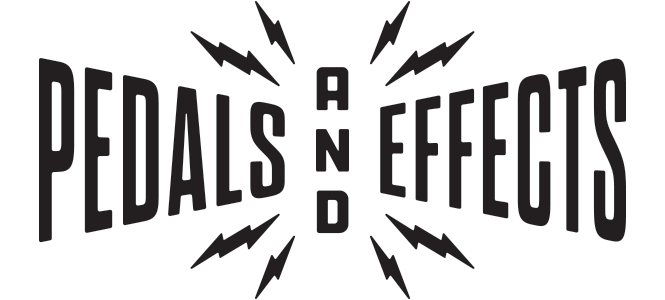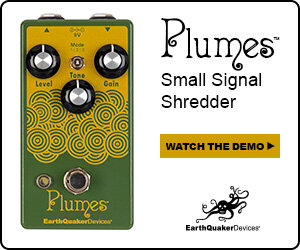Throwback Thursday: Evolving My Sound - Roundwound to Flatwound Strings
/When I first started playing bass in the late 70’s, I was obsessed with John Entwistle’s famous bass solo on The Who’s “My Generation.” I was such a fan of John’s work that I relentlessly investigated how he got his bass tone. I remember constantly trying to replicate that round, metallic, bright sound that resembled that of the low end strings of a piano.
It wasn’t until later that I realized Mr. Entwistle used roundwound heavy gauge strings. In fact, these strings were very popular in the 70’s and I figured it was because these strings produced a more aggressive tone that just couldn’t be made by flatwound strings. After learning this, I started out using roundwound heavy gauge strings exclusively for many years and hated the dead sounding bass tone that came out of flatwound bass strings. I always counted John Paul Jones (on early Led Zeppelin records) among one of the many bassists I admired, but I completely disliked his bass tone whenever he (or any other bassist) used flatwound strings.
During the early days of my career, I always cranked the treble on my amp and did my best to be as high end as possible. As I matured as a player, I started to alter my playing, but consistently used roundwound strings. They produced the tone I wanted and were easier to play than the flatwound strings. When I started my band, DC-10 in the early 90’s, I began to realize that most of the bassists that influenced me used nickel flatwound strings on their records. Whether it was John on Zeppelin records, James Jamerson on Motown, or Rocco Prestia from Tower of Power, these bassist all used flats. Because of this, I decided to start using nickel flatwound strings in DC-10 and from then on, I never looked back. It was an acquired taste, but after a while, I became a believer in the philosophy that the deader the string, the better the bass tone.
Even though most of the records I played on featured roundwound strings, it was during this period that I developed an appreciation of the flatwound string, and I’ll never hesitate to use them when the band or music calls for it. These days, I find myself using the deadest strings possible. I tried tape wound strings on a friend’s bass and realized they were even easier to play than typical nickel flatwound strings and seemed to have an even deader, more low-end sound. Flatwounds can most definitely cover the midrange (and if you don’t believe me just listen to Steve Harris of Iron Maiden’s sound to hear for yourself), but tape wound flats have a distinctive thud that is undeniable.
I still use roundwound strings on my fretless, but if I have my Fender Jazz bass in my hands, there’s a good chance I’ll have black tape wound strings on it. To further remove the bass from the mids and highs, I roll the tone off and put the pickups out of phase by turning the rear pickup down about a 1/4 and the bridge pickup down about an 1/8. This is where you can hear nothing but bass notes, similar to an 808 kick drum.
The decision about which strings to use is one that is constantly evolving, dictated by many factors, including who I’m playing with, where I’m playing and, sometimes, the suggestions or opinions of others. So once again, decades into my career, I find myself rethinking how I should approach my live bass and am considering going back to nickel flats or roundwounds, while still rolling off the high end with the tone knob on the bass. I doubt this will be the last time I change my mind about something, and make sure I keep an open mind so I can continue to evolve as a musician.
Try it out yourself! Pick up some roundwoud, or flatwound strings at Reverb.com!
-Juan











